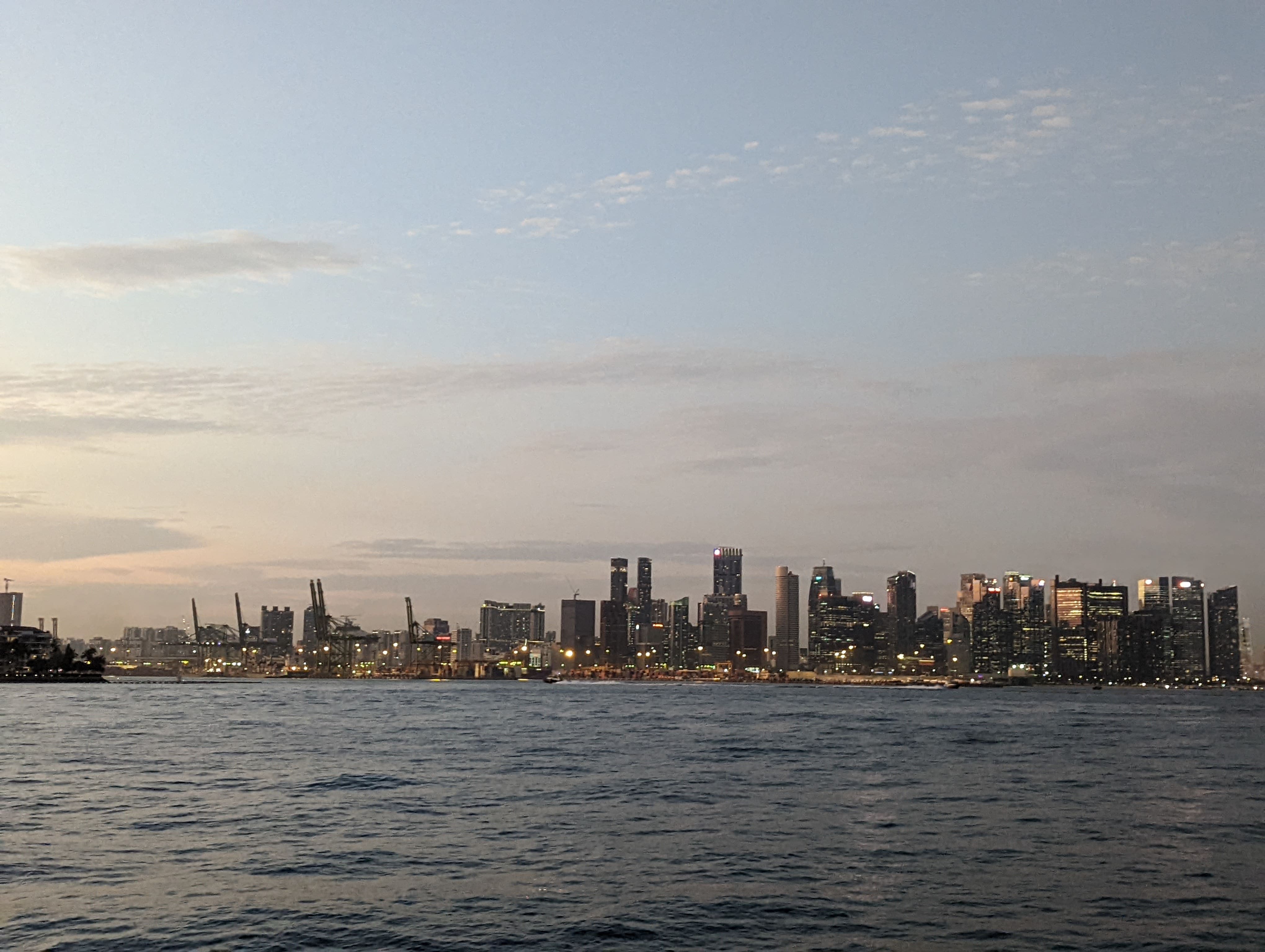
Guide to the best Singapore neighbourhoods to live in
Singapore is a bustling city-state with a diverse range of neighborhoods, each with its own unique features and attractions. Whether you’re a family with children, a young professional, or a retiree, there’s a neighborhood in Singapore that’s perfect for you.
In this guide, we’ll take a look at the best neighborhoods to live in Singapore, what makes them stand out, and why they’re great places to call home. We’ll take an expat lens to this article given we’re assuming locals are already living in their existing family homes.
 |
|---|
| Singapore skyline at night |
Factors to consider when selecting a neighbourhood
Reminder - this is largely dependent on your individual needs, preferences, and lifestyle
- Proximity to work or school: Saves time and money on transportation
- Cost of living: The closer to the city center, the more expensive it’ll be. Determine your budget and look for neighborhoods that fit within your financial means
- Amenities and facilities: Consider the amenities and facilities that are important to you, such as grocery stores, hawker centers, shopping malls, tennis courts and parks. Look for neighborhoods that offer easy access to the amenities and facilities that you need
- Transportation options: Closer to the MRT, more expensive it is. However, it makes commuting around the city more convenient and efficient
- Lifestyle and culture: Consider the vibe and atmosphere of the neighborhood to determine whether it is a good fit for your lifestyle and interests
How does Singapore classify their neighbourhoods?
There are a total of 28 districts in Singapore, numbered from 1 to 28. Directionally, districts 1 to 10 are in more central areas, whilst the higher numbers are more near the outskirts.
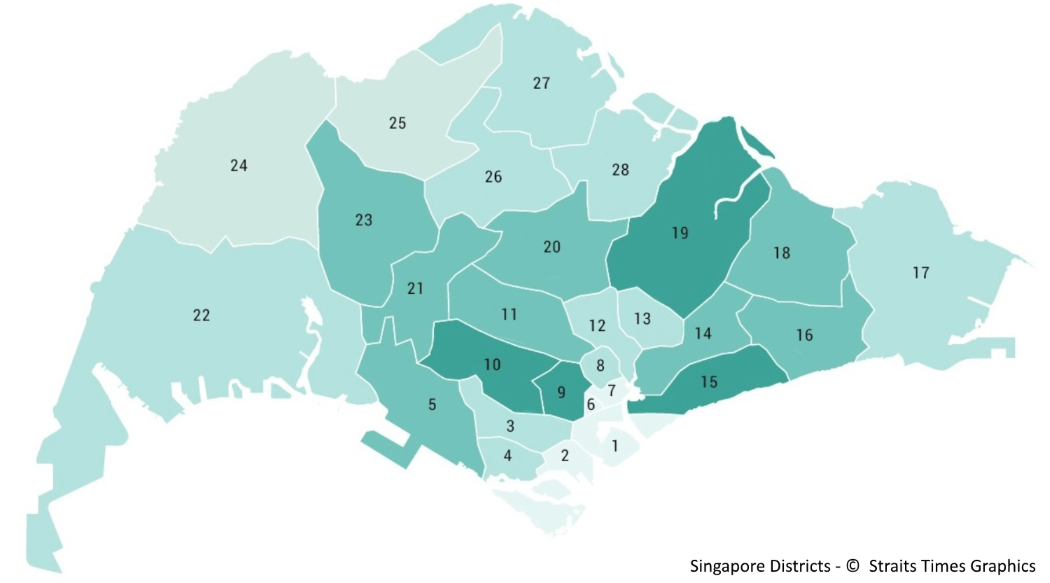 |
|---|
| Districts of Singapore |
Popular neighbourhoods to live in
On to the main course -
District 01 / 2 - Raffles Place, Marina, Tanjong Pagar
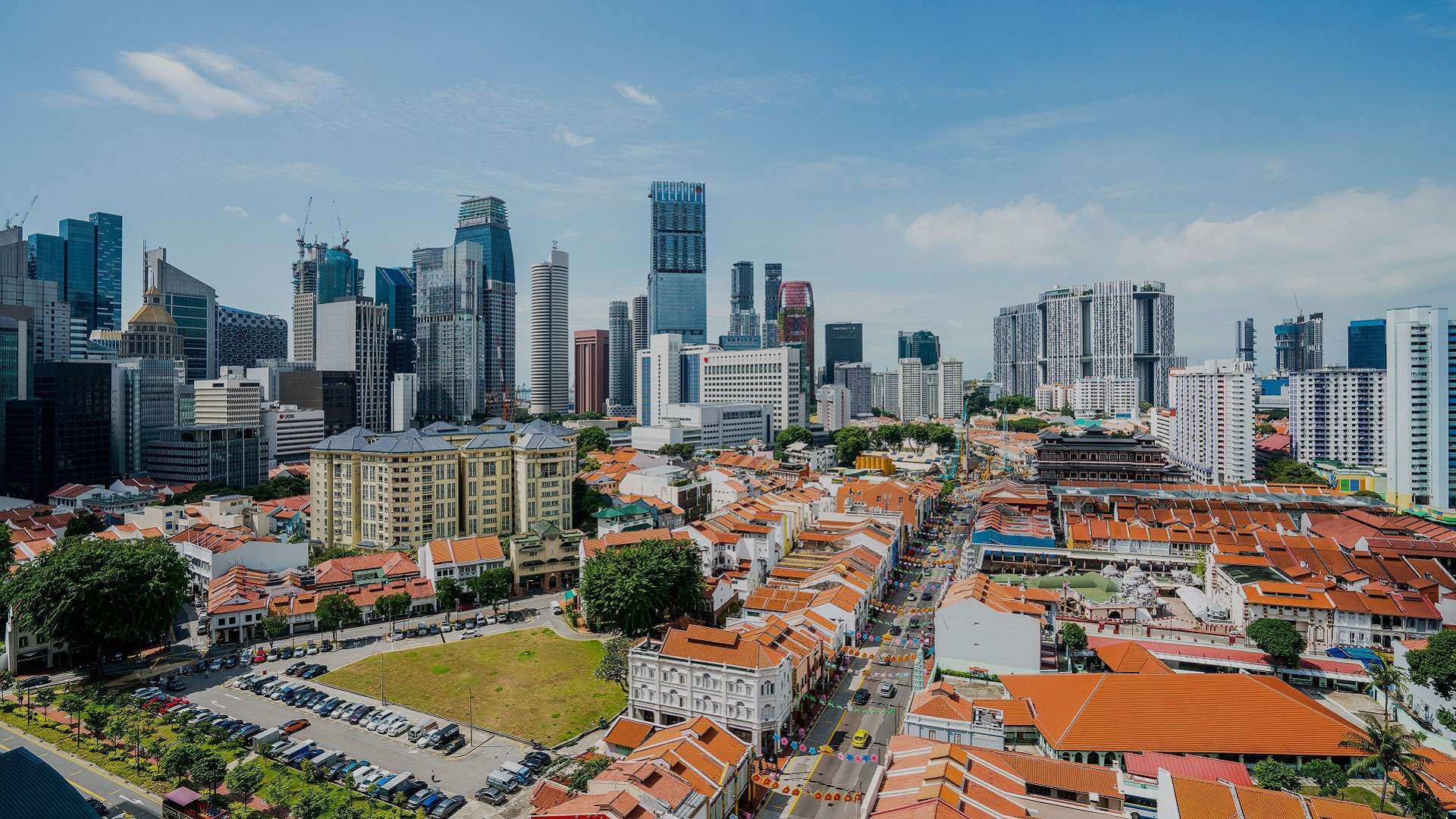 |
|---|
| Source - Discover Tanjong Pagar |
The Raffles Place Tanjong Pagar area is a bustling neighborhood in the heart of Singapore’s Central Business District (CBD). It’s in close proximity to Marina Bay Sands, several museums and galleries and the Merlion.
Pros:
- Prime location to CBD and sightseeing spots
- Excellent transportation with the green and red train lines intercrossing. Plenty of buses to this area too
- High-end living close to luxurious shopping centers, five-star hotels and fine-dining restaurants
- Vibrant nightlife - plenty of bars and clubs
Cons:
- Not child friendly
- Limited space (reflected by a smaller number of condos there)
- Hustle and bustle on weekdays, dead on weekends
- Can be quite a touristy area
- Expensive (though not as pricey as Orchard)
- Lack of greenery - it’s primarily a concrete jungle
District 15 - Joo Chiat, Marina Parade, Katong
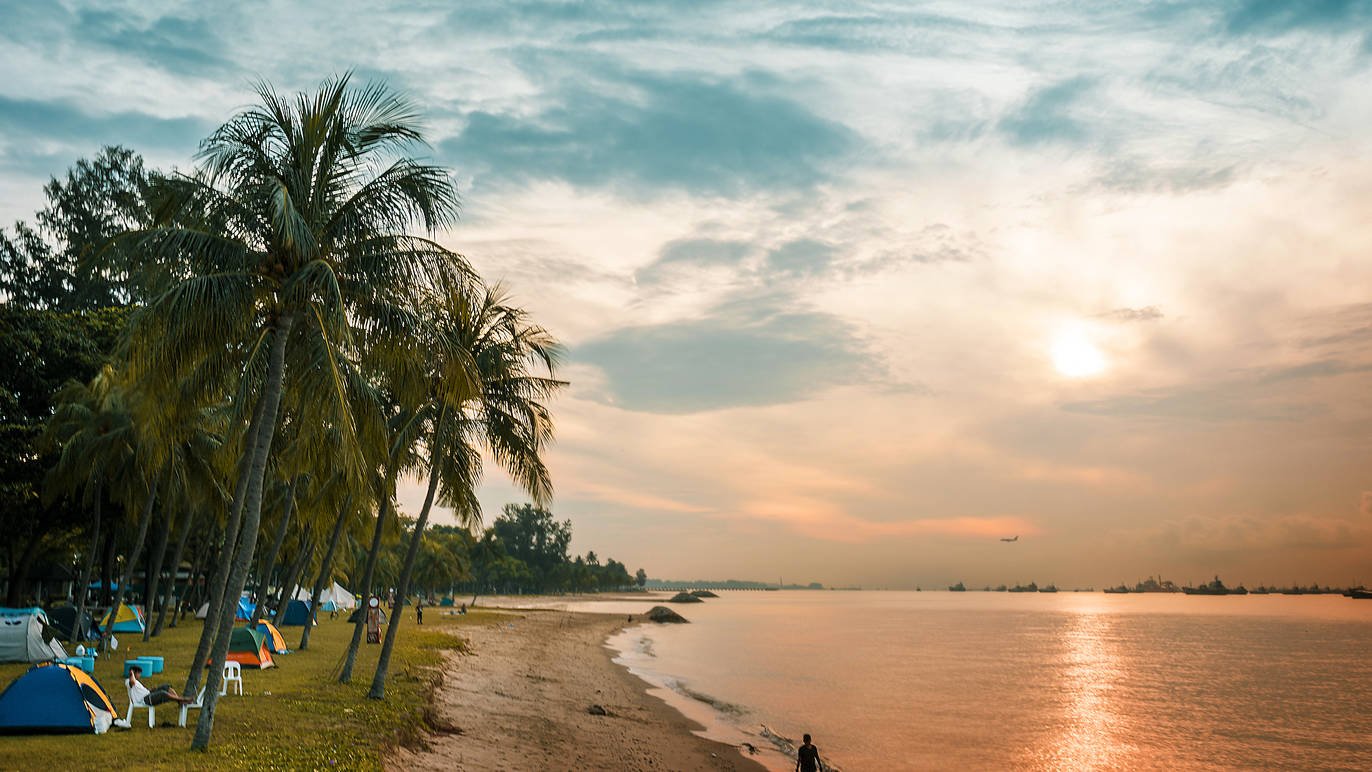 |
|---|
| Source - Time Out |
Aka East Coast. The East Coast of Singapore refers to the eastern coastal region of the island nation. The area I’m most referring to is the Marina parade area near the beginning of East Coast park versus anything more in land i.e Geylang / Paya Lebar, or out further east i.e. Siglap.
Pros:
- Beautiful beaches and parks
- Vast open spaces with larger size condos and bungalows. This is the primary reason for many
- Rich cultural heritage - cute architectural neighbourhoods nearby
Cons:
- High cost of living. The area ain’t cheap but PSF will still be slightly better than CBD / Orchard
- A little further from the city center, though a MRT line will be built in this region
District 03 - Tiong Bahru, Alexandra, Queenstown
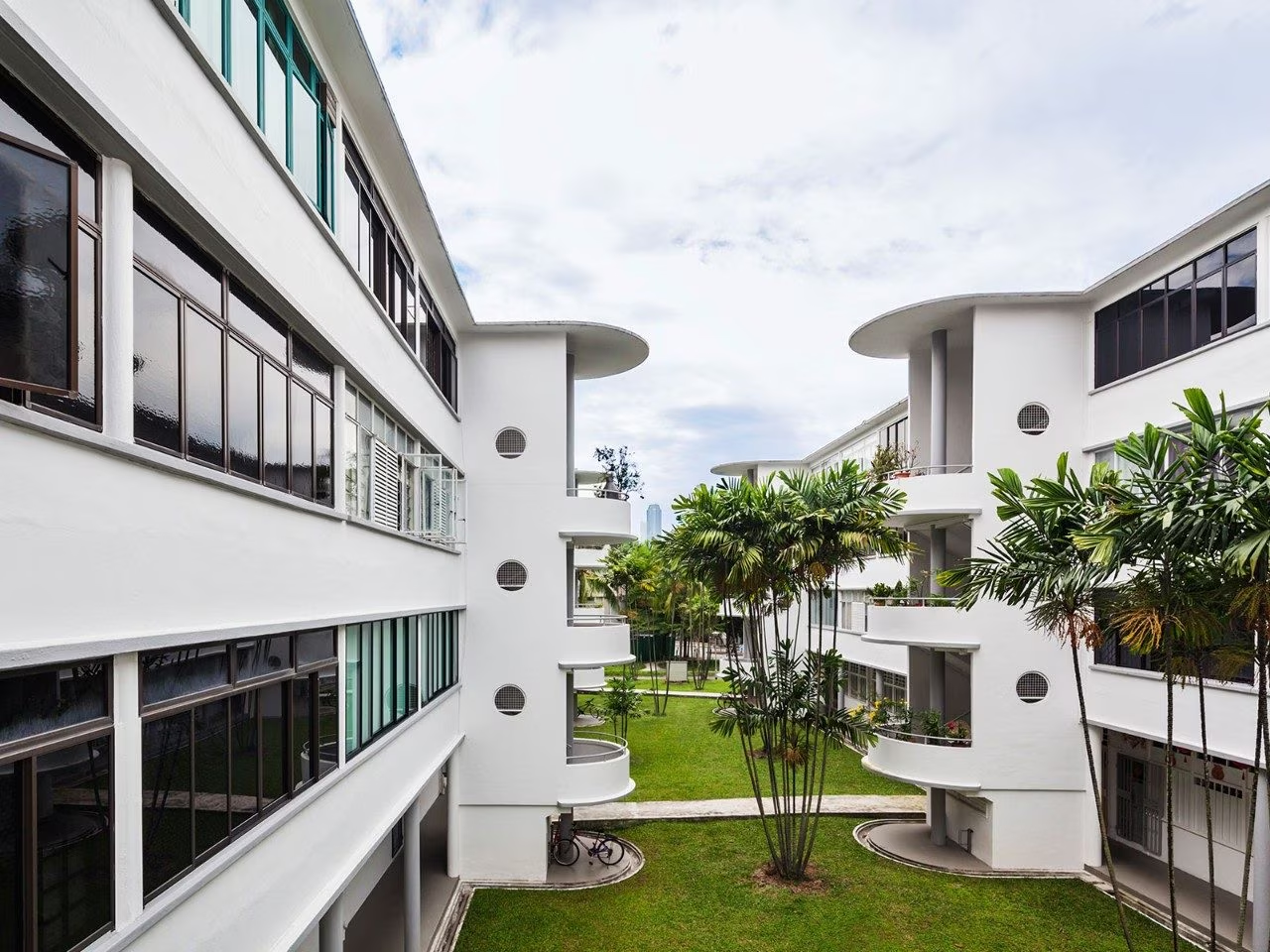 |
|---|
| Source - Qantas |
Tiong Bahru is a residential neighborhood in the central region of Singapore, located just a few kilometers from the city center. It is known for its unique architecture, art deco buildings, and vibrant street life. The neighborhood has a rich history, dating back to the 1920s, and was one of the first housing estates in Singapore. It was built to provide affordable housing for the working-class, and many of the original low-rise buildings still stand today. Tiong Bahru is a mix of old and new, with charming pre-war shophouses and modern high-rise apartments. It has become a trendy and hipster destination in recent years, with plenty of independent boutiques, cafes, and art galleries popping up. The Alexandra and Queenstown area are both fantastic living spots too, with a more residential vibe and cheaper rental prices.
Pros:
- Hipster
- Still accessible to cbd
- Greenery areas
- Shophouse options versus condos
- Compared to some other central districts, District 3 offers more affordable housing options
- More peaceful / residential
Cons:
- Can be a little boring
- HDB-heavy (a concern for some)
District 09 - Orchard Road, River Valley
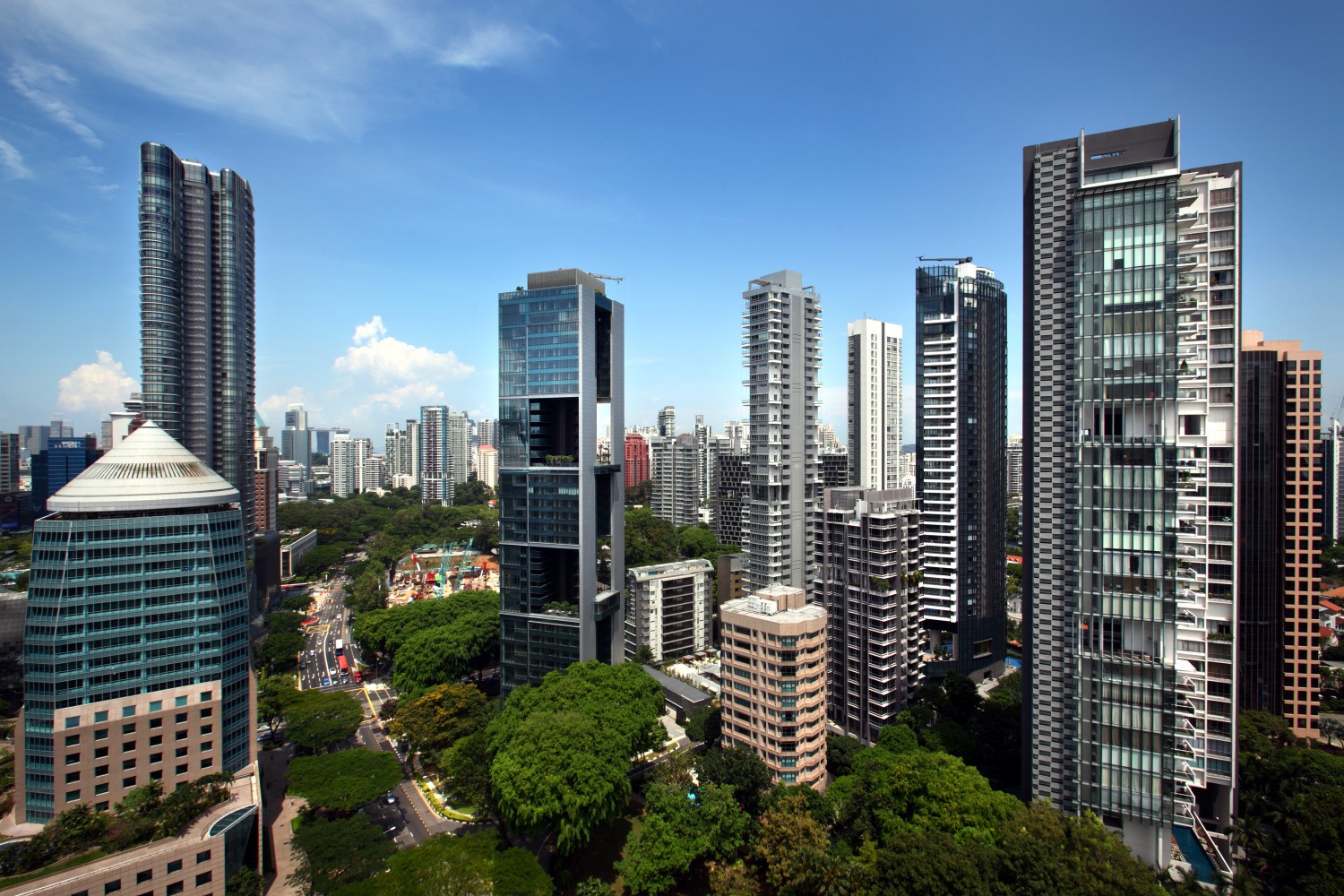 |
|---|
| Source - Edgeprop |
This area is known for its high-end shopping malls, luxury apartments, and proximity to the Central Business District. It is a popular area for expats who want to live in the heart of the city and enjoy a luxurious lifestyle. River Valley is also a part of this district. With open spaces, convenience to CBD and international schools, River Valley is a popular expat living area.
Pros:
- Lux - no further description required
- Likely capital preservation for property in the region
- Close to the largest shopping malls
Cons:
- Pricy - expect PSFs of 3.5K+
District 10 - Bukit Timah, Holland, Balmoral
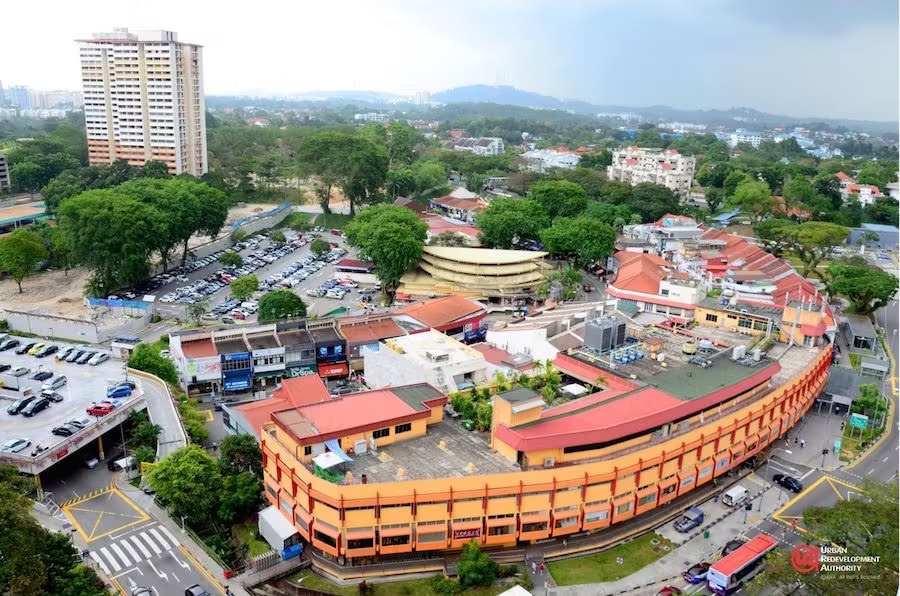 |
|---|
| Source - 99.co |
Holland Village is a trendy and vibrant neighborhood that is popular with expats. It offers a range of restaurants, bars, and cafes, as well as easy access to transportation. Popular condos include D’Leedon and Leedon Green. Bukit Timah is a little more northwest to Holland Village, and has a quaint neighbourhood mostly with bungalows. Perfect for that expat life.
Pros:
- Prestigious schools (Singapore Chinese Girls’ School, Methodist Girls’ School, and Anglo-Chinese School)
- Expansive greenery and proximity to nature
- Quiet and peaceful
- Feels prestigious
Cons:
- Pricy
- Bungalow heavy so limited condo options
- A little further from central
Personally, I value open space, greenery, a more quiet lifestyle and proximity to the city. Hence, the districts above are ranked based on my preference of least preferred to best preferred. That being said, all of these districts are fantastic locations to live in.
What about the Heartlands?
The “heartlands” in Singapore generally refer to the residential estates located outside the city center. These are neighborhoods where many Singaporeans live, work, and go about their daily lives. The heartlands are known for their HDB flats (public housing apartments) and amenities such as hawker centers, community centers, parks, and shopping malls. Some of the more well-known heartland areas in Singapore include Ang Mo Kio, Bedok, Bukit Batok, Jurong East, Tampines, Toa Payoh, Woodlands and Yishun.
Pros:
- Lower cost of living: Housing in the heartlands, especially HDB flats, is generally more affordable than in the city center. This can translate to lower living expenses and more savings
- Strong sense of community: The heartlands are known for their close-knit communities and friendly neighbors. Living in the heartlands can provide a sense of belonging and community spirit, which can be particularly beneficial for families with children or seniors
- Access to amenities and facilities: The heartlands have many amenities and facilities such as hawker centers, community centers, parks, and shopping malls. These offer convenient access to everyday necessities, as well as opportunities for leisure and recreation
- Good transportation connections: While the heartlands are further away from the city center, they are well-connected to public transportation, including MRT trains and buses. This makes commuting to work or school relatively easy and convenient
- Diverse cultural experiences: Singapore’s heartlands are home to a diverse mix of cultures and communities, each with their own unique character and traditions. Living in the heartlands can offer opportunities to experience and appreciate this cultural richness
Cons:
- Distance from the city center: The heartlands are located further away from the city center, so if you work or study in the central business district (CBD), you may have to factor in longer commuting times and transportation costs
- Lack of nightlife: While the heartlands have their own amenities, they may not offer as many options for entertainment and nightlife compared to the city center. If you enjoy going out and socializing, living in the heartlands may not be the best option for you
- HDB heavy. Personally not a problem for me but I know folks who care
Overall, the heartlands of Singapore can offer a comfortable and affordable way of life, with access to all the amenities and facilities needed for daily living. It can be an ideal option for those who prioritize community, convenience, and value for money.
Whether you’re looking for a bustling shopping district, a laid-back expat enclave, a historic neighborhood with unique character, or a peaceful residential area surrounded by greenery, Singapore has a neighborhood that’s perfect for you. By exploring the top areas in Singapore, you’ll be able to find the best places to call home in this vibrant city-state. Which Singapore neighborhood do you live in and why? Subscribe now so you won’t miss out on the next post.